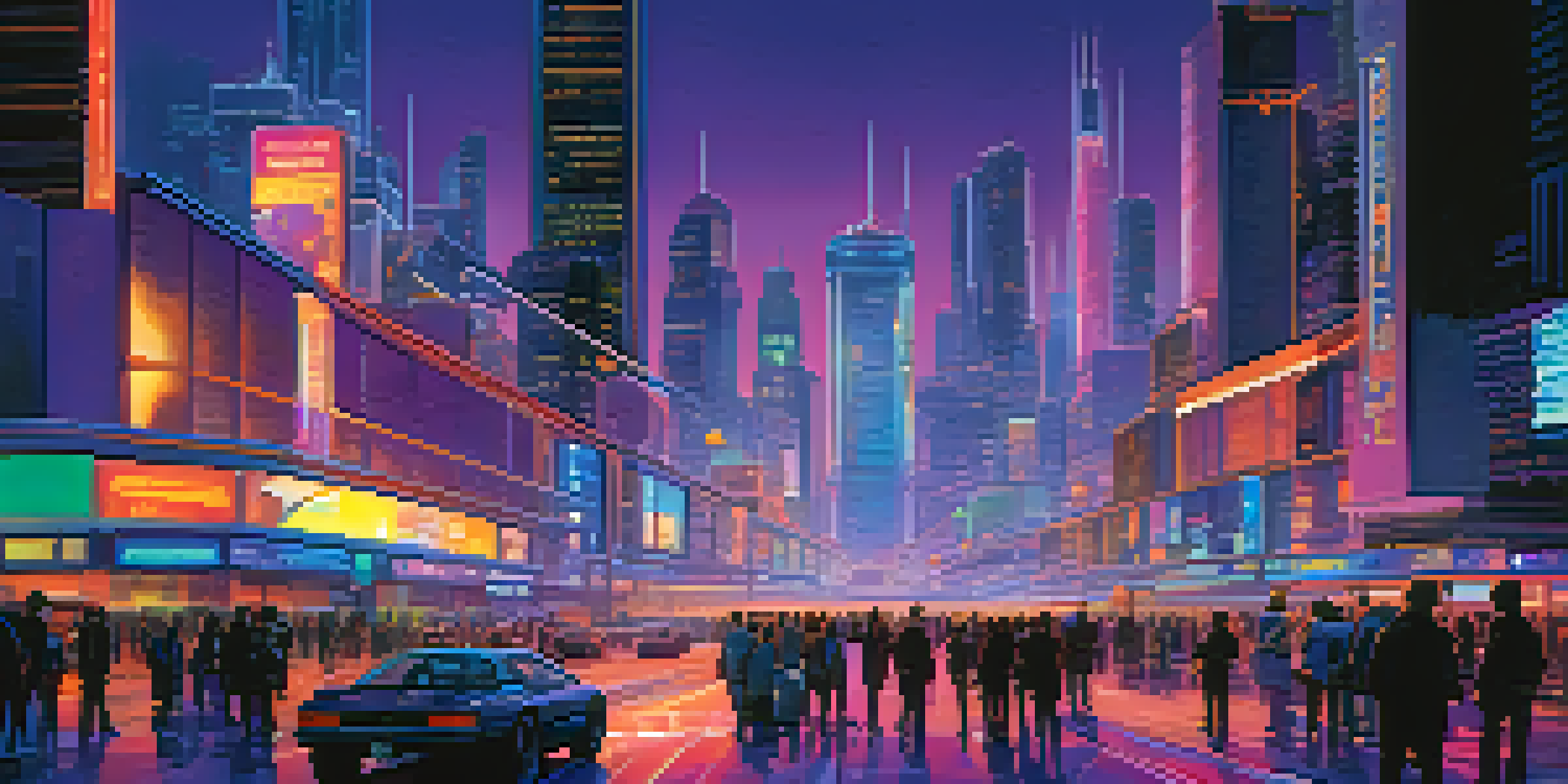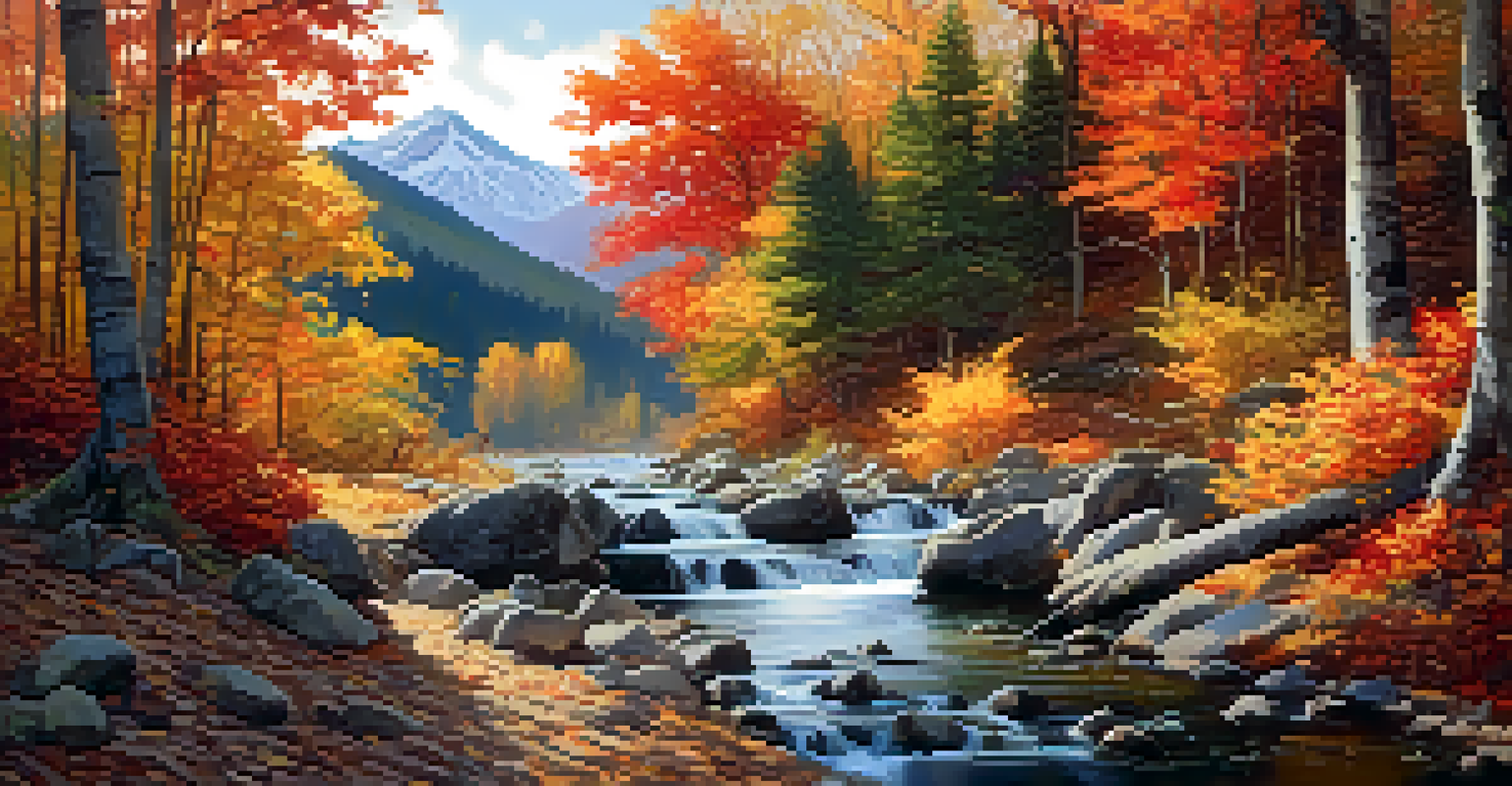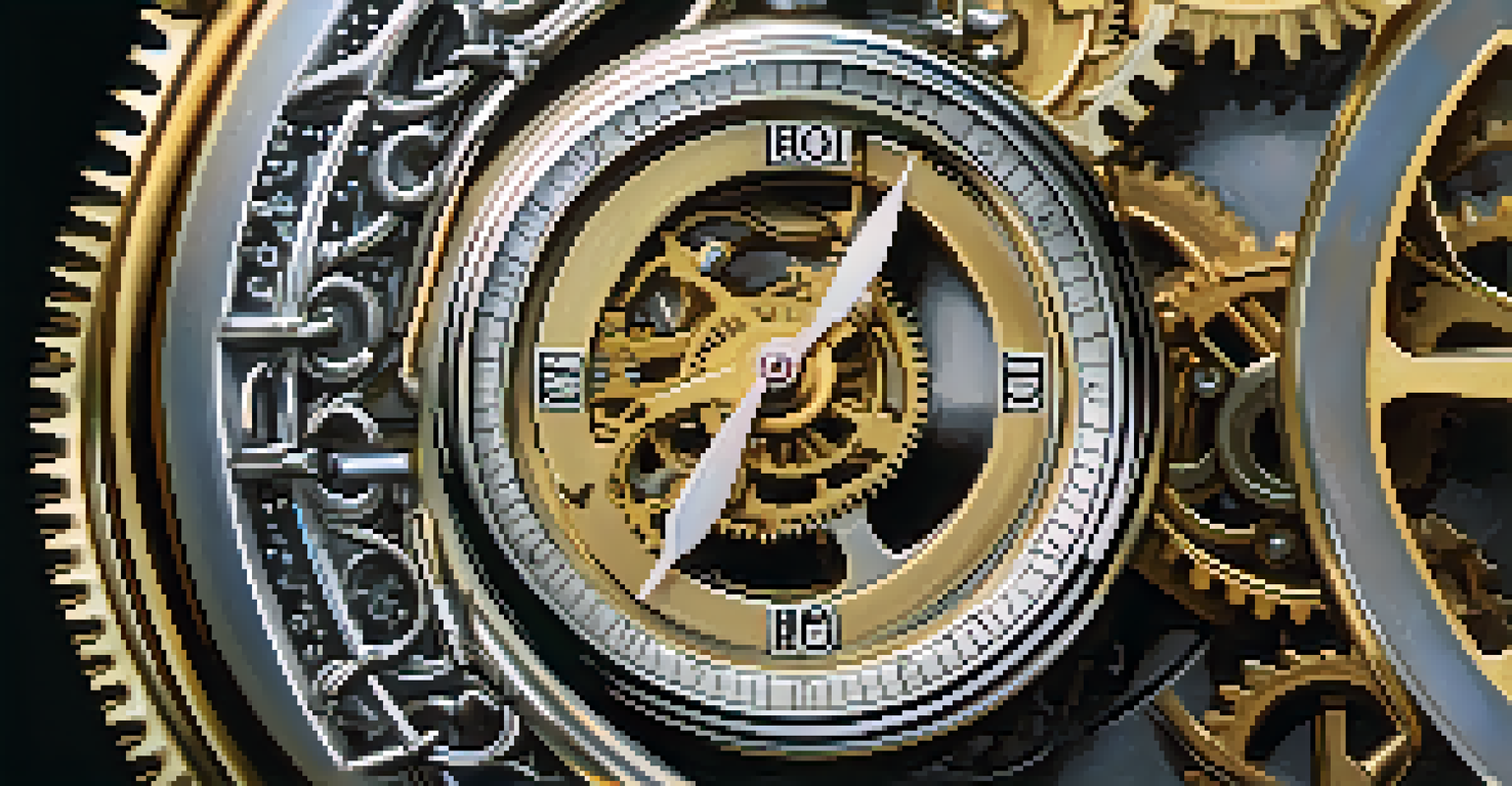Behind the Scenes: Visual Effects Artists at Work in Films

What Are Visual Effects and Why Are They Important?
Visual effects (VFX) are digital alterations or enhancements made to film footage, creating stunning imagery that would be impossible to capture on camera. They play a crucial role in storytelling, allowing filmmakers to immerse audiences in fantastical worlds or extraordinary events. Without VFX, many beloved films would lack their iconic scenes, making them less engaging.
Visual effects are not just about creating stunning imagery, but about enhancing storytelling and immersing audiences in the narrative.
For instance, think of the breathtaking landscapes in 'Avatar' or the intricate battle sequences in 'The Lord of the Rings.' These visuals transport viewers to entirely new realms, showcasing the power of imagination backed by technology. Thus, VFX artists not only enhance visuals but also enrich narratives, making them essential to modern filmmaking.
Moreover, as technology advances, the scope of VFX continues to evolve, pushing the boundaries of what can be created. This constant innovation ensures that audiences remain captivated and engaged, highlighting the significant role VFX plays in the film industry.
The Creative Process: From Concept to Screen
The journey of visual effects begins long before filming starts, with artists working on concept art and storyboards. This stage involves brainstorming ideas and visualizing how effects will support the storyline. Collaboration between directors, writers, and VFX artists is key, ensuring that everyone shares a unified vision.

Once filming wraps, VFX artists dive into the post-production phase, where they bring those initial concepts to life. They use advanced software to create and manipulate digital assets, seamlessly integrating them into the footage. This meticulous work often involves hours of rendering, adjusting, and refining to achieve the perfect look.
Importance of Visual Effects
Visual effects are essential in filmmaking, enhancing storytelling and creating immersive experiences for audiences.
A great example of this process is seen in films like 'Inception,' where the dreamlike visuals required extensive planning and execution. Each layer of visual effects contributes to the final piece, showcasing the artists' dedication and creativity in transforming ideas into stunning cinematic reality.
Tools of the Trade: Software and Technology
Visual effects artists rely on a variety of software tools to create their magic, with popular choices including Adobe After Effects, Autodesk Maya, and Nuke. These programs allow artists to create detailed animations, 3D models, and composite visual elements into live-action footage. Mastery of these tools is essential for producing high-quality effects.
The only limit to visual effects is your imagination.
In addition to software, artists often utilize motion capture technology to enhance realism. This involves recording the movements of actors and translating them into animated characters or digital effects. The combination of traditional artistry and cutting-edge technology enables VFX teams to create lifelike visuals that resonate with audiences.
For instance, in films like 'The Jungle Book,' motion capture played a pivotal role in bringing animals to life, making them feel authentic and relatable. The seamless blend of technology and artistry is what sets modern visual effects apart, making them an integral part of contemporary filmmaking.
Collaboration: Working with Other Departments
Visual effects artists are not lone wolves; they collaborate closely with various departments throughout the filmmaking process. From cinematographers to production designers, every team plays a role in shaping the final product. This teamwork ensures that visual effects align with the film's overall aesthetic and narrative.
For example, during the production of 'Avengers: Endgame,' VFX artists worked alongside the costume department to ensure that digital effects complemented the physical costumes. This attention to detail is crucial for maintaining continuity and believability in the film. A cohesive approach leads to more immersive storytelling and enhances audience engagement.
Collaboration in Filmmaking
Successful visual effects require close collaboration among various departments to ensure cohesion and enhance the film's narrative.
Additionally, regular communication between departments helps resolve potential issues early in the process. This collaborative spirit fosters innovation, allowing for creative solutions that enhance the film's overall impact.
Challenges Faced by Visual Effects Artists
Like any creative profession, visual effects artists face their fair share of challenges. One of the most significant hurdles is time management, as they often work under tight deadlines. Balancing artistic integrity with the demands of the production schedule can be a daunting task.
Moreover, technological advancements can present both opportunities and obstacles. As new tools emerge, artists must continuously adapt and upgrade their skills to stay competitive in the industry. This constant learning curve can be overwhelming, but it also pushes artists to innovate and explore new techniques.
A notable example is the shift to virtual production methods, which has transformed how VFX are integrated during filming. While this technology offers exciting possibilities, it also requires artists to rethink their workflows and adjust to new processes, making adaptability an essential trait for success.
The Impact of Visual Effects on Film and Culture
Visual effects have revolutionized the film industry, changing how stories are told and experienced. They enable filmmakers to bring fantastical elements to life, captivating audiences and creating memorable cinematic moments. Films like 'Jurassic Park' and 'Star Wars' have not only entertained but have also influenced popular culture and inspired generations of filmmakers.
Furthermore, VFX has expanded beyond traditional cinema into television and gaming, proving its versatility and significance in various forms of entertainment. Series like 'Game of Thrones' showcased how VFX can elevate storytelling in episodic formats, while video games continue to push the boundaries of immersive experiences.
Future of VFX Technology
Emerging technologies like AI, VR, and AR are set to revolutionize visual effects, offering new creative possibilities for filmmakers.
The cultural impact of visual effects is profound; they spark imagination and fuel creativity in both creators and audiences. As technology continues to evolve, the potential for new storytelling methods remains limitless, ensuring that visual effects will play a vital role in the future of film and entertainment.
Future Trends in Visual Effects Technology
As we look ahead, the future of visual effects technology appears incredibly promising. Innovations such as artificial intelligence and real-time rendering are beginning to reshape how VFX artists work. These advancements can streamline workflows, making it easier to create high-quality effects efficiently.
For example, AI tools can assist in automating repetitive tasks, allowing artists more time to focus on creative aspects. This shift could lead to faster turnaround times for projects, enabling filmmakers to explore more complex visual narratives without sacrificing quality.

Additionally, virtual reality (VR) and augmented reality (AR) are set to change the landscape of visual storytelling. As these technologies gain traction, VFX artists will have new opportunities to create immersive experiences that engage audiences in entirely new ways, paving the way for a new era in film and entertainment.